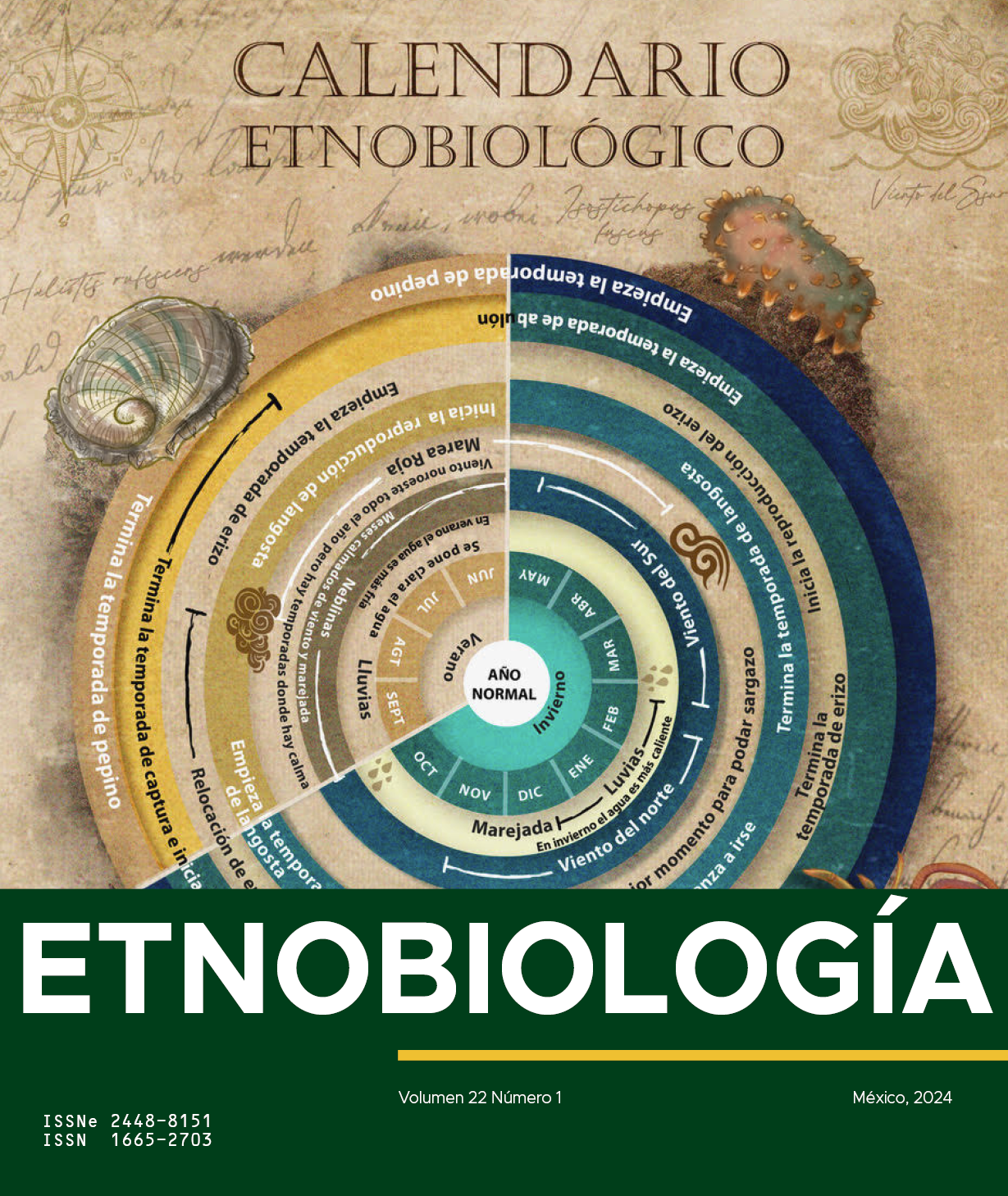SURVEY AND CHARACTERIZATION OF THE FOOD PLANTS OF THE QUILOMBOLA COMMUNITY OF JACAREQUARA, MUNICIPALITY OF SANTA LUZIA DO PARÁ, PARÁ
Abstract
The present study aimed to carry out a survey of food plants and carry out their respective characterization in the quilombola community of Jacarequara, municipality of Santa Luzia do Pará, State of Pará. Priority was given to a qualitative-quantitative methodological approach, using participant observation, semi-structured interviews, questionnaires, guided tours and a free list to compose the botanical inventory. The data obtained were tabulated and systematized, in addition to calculating the frequency of citation of the species and the Cognitive Salience Index (ISC, by their acronyms in Portuguese) of the food plants inventoried. A total of 140 food ethnospecies were catalogued, with Euphorbiaceae (27), Arecaceae (12), Musaceae (10) and Rutaceae (9) standing out. Among the food plants with the highest ISC, were açaí (Euterpe oleracea), banana (Musa paradisiaca), mandioca (Manihot esculenta), coconut (Cocos nucifera), cashew (Anacardium occidentale), acerola (Malpighia glabra), bacaba (Oenocarpus bacaba) and orange (Citrus sinensis). From the analysis of the data obtained by this study, it was observed the great importance of food plants and this is because they compose not only their food base, but also be present in income generation and represent the local food culture.


